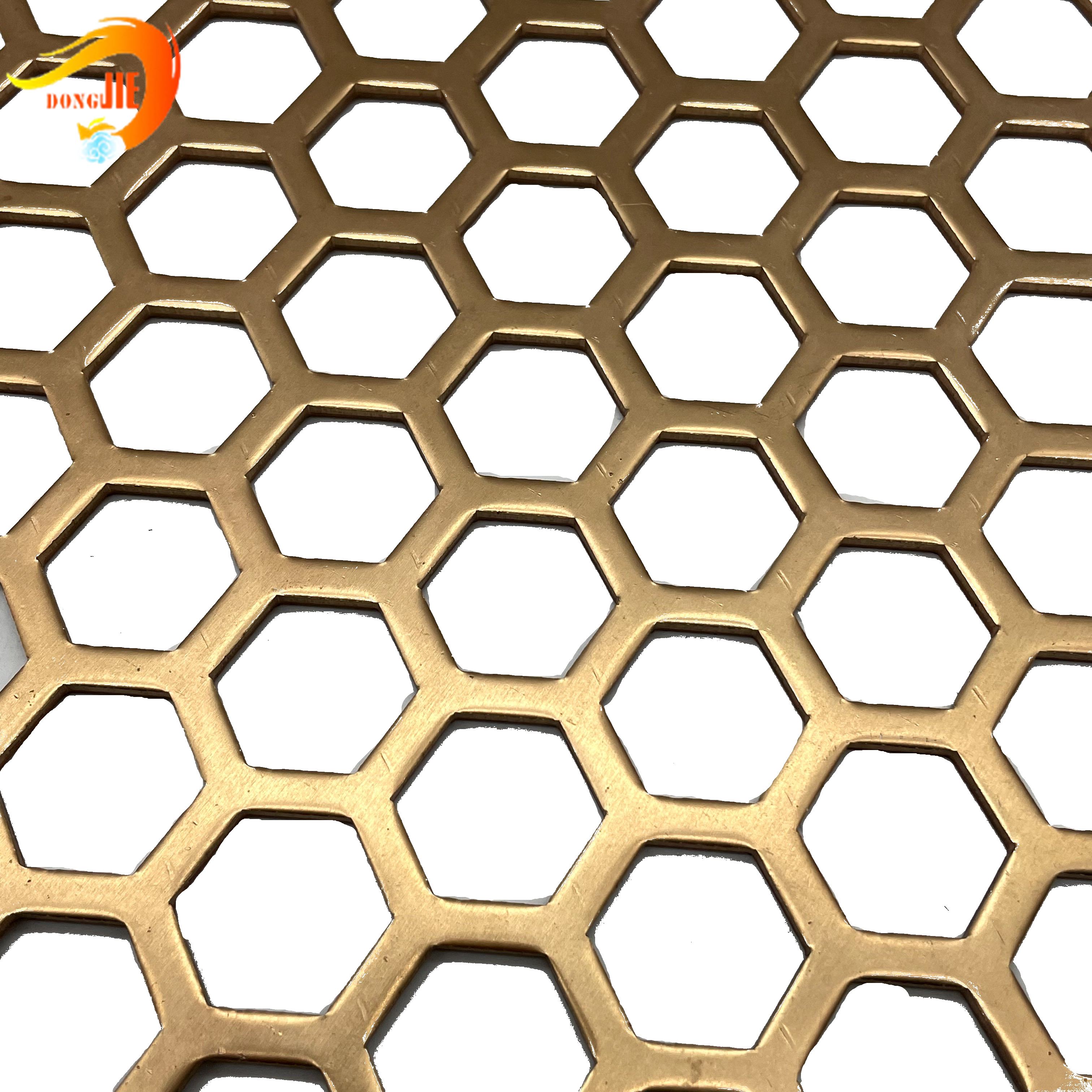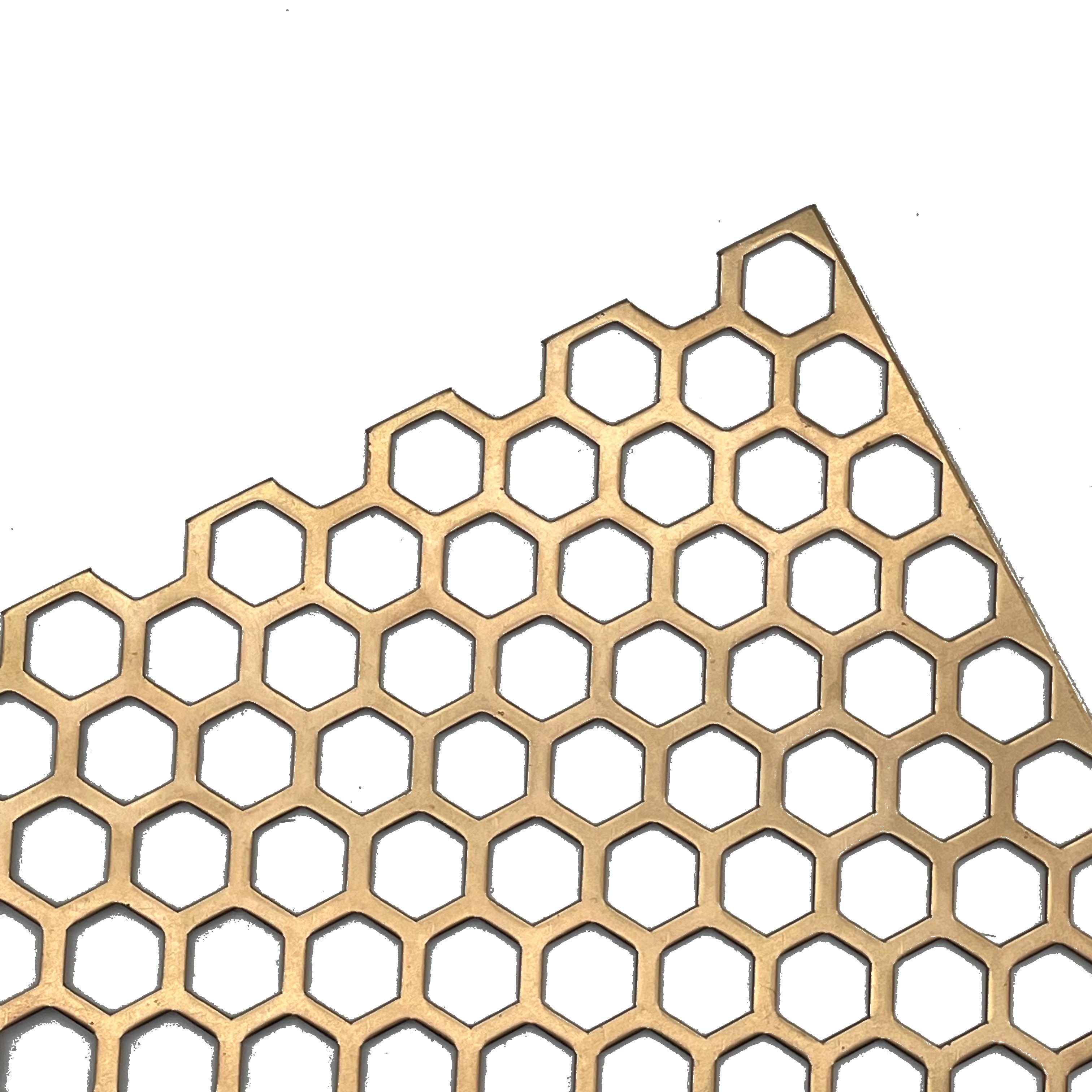Anodizing of aluminum plate perforated mesh is an electrolytic oxidation process, in which the surface of aluminum and aluminum alloy will be converted into an oxide film, which has protective, decorative and some other functional characteristics. Based on this definition, the anodizing of aluminum plate perforated mesh only includes the process of generating anodized film. In order to overcome the defects of aluminum alloy surface hardness, wear resistance, etc., expand the scope of application, and extend the service life, surface treatment technology has become an indispensable link in the use of aluminum alloy, and anodizing technology is currently the most widely used and successful.
Electrochemical oxidation of metals or alloys. The metal or alloy workpiece is used as the anode, and an oxide film is formed on its surface by electrolysis. The metal oxide film changes the surface state and properties, such as surface coloring, improving corrosion resistance, enhancing wear resistance and hardness, protecting the metal surface, etc. For example, in aluminum anodizing, aluminum and its alloys are placed in the corresponding electrolyte (such as sulfuric acid, chromic acid, oxalic acid, etc.) as the anode, and electrolysis is carried out under specific conditions and external current. The aluminum or its alloy of the anode is oxidized, and a thin layer of aluminum oxide is formed on the surface, with a thickness of 5 to 20 microns, and the hard anodized film can reach 60 to 200 microns. The aluminum or its alloy after anodizing has improved its hardness and wear resistance, which can reach 250 to 500 kg/mm2, good heat resistance, and the melting point of the hard anodized film is as high as 2320K. It has excellent insulation and a breakdown voltage of up to 2000V, which enhances the corrosion resistance. It will not corrode in the salt spray of ω=0.03NaCl for thousands of hours. There are a large number of micropores in the thin layer of the oxide film, which can absorb various lubricants and is suitable for manufacturing engine cylinders or other wear-resistant parts; the film has strong adsorption capacity of micropores and can be colored into various beautiful and bright colors.
Non-ferrous metals or their alloys (such as aluminum, magnesium and their alloys, etc.) can be anodized. This method is widely used in mechanical parts, aircraft and automobile parts, precision instruments and radio equipment, daily necessities and architectural decoration.


Post time: May-29-2024






